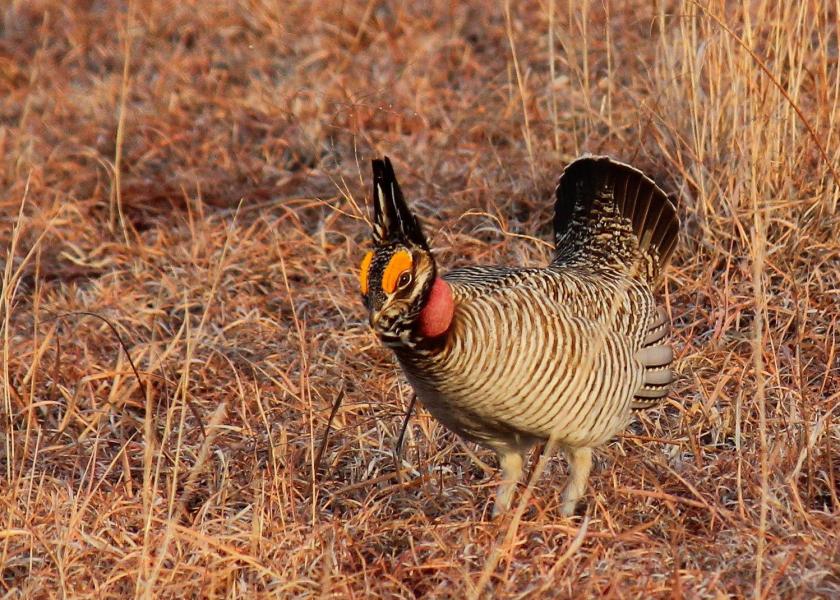NCBA and PLC Denounce ESA Listing of Lesser Prairie Chicken

The National Cattlemen’s Beef Association (NCBA) and the Public Lands Council (PLC) announced their opposition to the U.S. Fish and Wildlife Service’s (FWS) final rule to list the lesser prairie chicken under the Endangered Species Act.
“Over and over the science has proven that healthy, diverse rangelands – the exact kind of landscape maintained by livestock grazing – are where the lesser prairie chicken thrives. Cattle ranchers’ efforts to conserve these acres are absolutely critical to the survival of the species,” said NCBA Executive Director of Natural Resources and Public Lands Council Executive Director Kaitlynn Glover. “We are deeply disappointed by the Fish and Wildlife Service’s decision to impose redundant bureaucracy and punitive restrictions on the very same people that we have to thank for the lesser prairie chicken’s continued existence on the range.”
To make matters worse, the Service is also establishing a 4(d) rule for the Northern DPS that enables them to appoint private third parties – such as environmental activist groups – as the grazing authorities in the range of the LPC. FWS has stipulated that cattle producers in the Northern DPS range will only qualify for legal protection under the 4(d) rule if they are following a grazing management plan that has obtained arbitrary approval from a yet-to-be-named, FWS-approved third party. By contrast, other agricultural practices that are listed as key factors in the Service’s decision are granted far more flexibility.
Designing a third-party verification system to empower distant bureaucrats over land managers and ranchers with decades of experience, with parameters that blatantly prioritize political objectives over sound science, effectively ensures that the only use of the 4(d) rule will be to obstruct grazing activities.
The rule establishes two Distinct Population Segments (DPS) for the species: the Southern DPS that covers New Mexico and the southwest Texas panhandle, and the Northern DPS that covers southeastern Colorado, Kansas, Oklahoma, and the northeast Texas panhandle. The Southern DPS will be listed as endangered and the Northern DPS will be listed as threatened. The final rule does not include any critical habitat designation. Cattle grazing provides immense benefit by conserving the very habitat the species needs to thrive. These birds favor diverse rangeland with a variety of plant species rather than uniform grasslands or cropland.
“To truly support lesser prairie chicken habitat, the Fish and Wildlife Service should make it easier for ranchers to graze, not harder,” said Glover.







